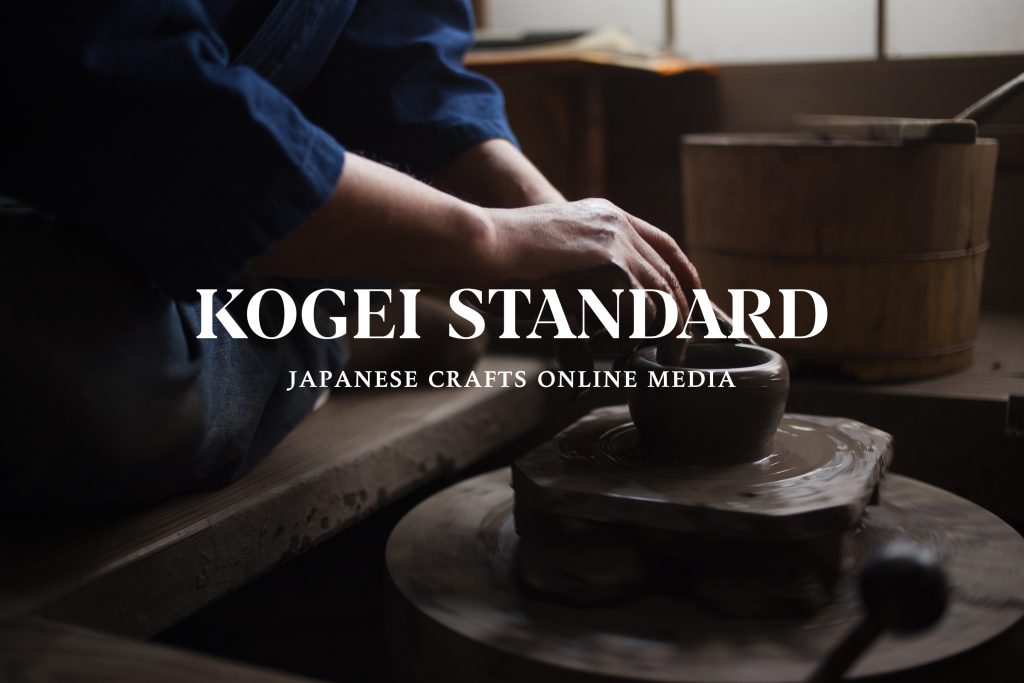Whenever I visit a new place, I encounter it through its unique local cuisine. Food culture varies from country to country, and even within each region, distinct flavors can be found in individual households. In Japan, the cuisine embodies the spirit of various regions and the hospitality offered to guests. For foreign visitors, it becomes one of the major attractions during their travels to Japan.
Cuisine is something to be served in and eaten from special utsuwa, or vessels. If we ate solely for nourishment, it would suffice to take food straight from the cooking pot, but I think the act of serving food in tableware is an important aspect of people’s dining experience. Japanese tableware, crafted from various materials such as ceramics, lacquerware, glass, and metalwork, each imbued with its unique aesthetics, contributes to this art of plating and presentation.
Japanese Cuisine: An Art of Subtraction
The aesthetics of Japanese cuisine are often described as an “art of subtraction.” Japanese cuisine is characterized by meticulous preparation, where any bitterness or strong odors are removed, allowing the natural flavors and aromas of the ingredients to shine through. Even in the making of dashi, the foundation of many Japanese dishes, the term “dashi wo hiku,” or “drawing out the essence of dashi,” emphasizes the importance of extracting umami from ingredients such as kombu (kelp) and katsuobushi (dried bonito flakes). The focus is on bringing out the pure essence of the ingredients, showcasing their inherent qualities.
The concept of subtraction in cooking is very different from that of French cuisine, where the addition of sauces adds depth to the flavor. It can be said to be an aesthetic unique to Japanese cuisine, where fresh ingredients are available in abundance each season and the basic principle is to enjoy the taste of the ingredients.
One soup, three sides
In Japanese cooking, there is a phrase “ichi-jiru, san-sai” (one soup, three sides), which refers to a staple meal consisting of soup and rice with two side dishes, such as fish. Originally a form of traditional formal meal or honzen ryori, this “one soup, three sides” has become a familiar and cherished scene in Japanese households as part of home-cooked meals.
This format of “one soup, three sides” has not only influenced the way meals are served, but has also nurtured Japan’s unique tableware culture. The term muko-zuke refers to sashimi or vinegared dishes served in kaiseki cuisine, placed on the opposite side (the muko-gawa) of the rice bowl or soup bowl. This term has come to encompass not only the cuisine but also the tableware, and its variety of colors and shapes makes it easy to express the individuality of the chef or the user, making it an excellent canvas to showcase their creativity and style.
Indeed, Japan’s four distinct seasons not only influence clothing choices but also lead to seasonal changes in tableware. In traditional Japanese restaurants, it is common to change the tableware with each season, making it a hallmark of Japan’s tableware culture. For example, glass or celadon ceramics are favored in the summer, while lacquerware is preferred in winter. Even sake wares vary, with thin katakuchi sake server being used in warm seasons and yakishime (unglazed stoneware) tokkuri flasks being enjoyed in winter.
In modern life, it can be challenging to fully embrace the beauty of each season due to busy schedules, but incorporating changes in tableware can bring a splash of color and joy to our daily lives.
Tableware is like clothing for cuisine
When discussing food and tableware, it is essential to mention the influential figure of Kitaoji Rosanjin. Having gained fame as a calligrapher, Rosanjin also excelled in the fields of cuisine, pottery, and lacquer art. In his later years, he even established the “Bishoku Kurabu” (Gourmet Club), a members-only restaurant. Driven by his passion for exploring fine dining, he dedicated himself to mastering pottery and lacquer art, and his profound appreciation for the aesthetics of food and tableware is still celebrated and passed on to this day.
In the words of Kitaoji Rosanjin, “Tableware is like kimono presenting and serving food its beauty comes to life. This sentiment can also be felt in the use of white porcelain plates in Western cuisine. However, for the Japanese, tableware, much like kimono, for cuisine.” It means that while tableware itself may not possess inherent beauty, through comes in a diverse array of colors and shapes, making the possibilities with seasonal and dish combinations countless. Serving cold tofu in a glass dish during summer or arranging colorful simmered dishes in Bizen ware in autumn is equally stunning.
One of the charms of Japanese cuisine lies in the abundance of possibilities when it comes to pairing dishes with tableware. While using a favorite piece of tableware consistently can be enjoyable, I encourage people to try out different pieces based on the season and mood. Doing so will surely add a new dimension of delight to your dining experience.
Yusuke Shibata


